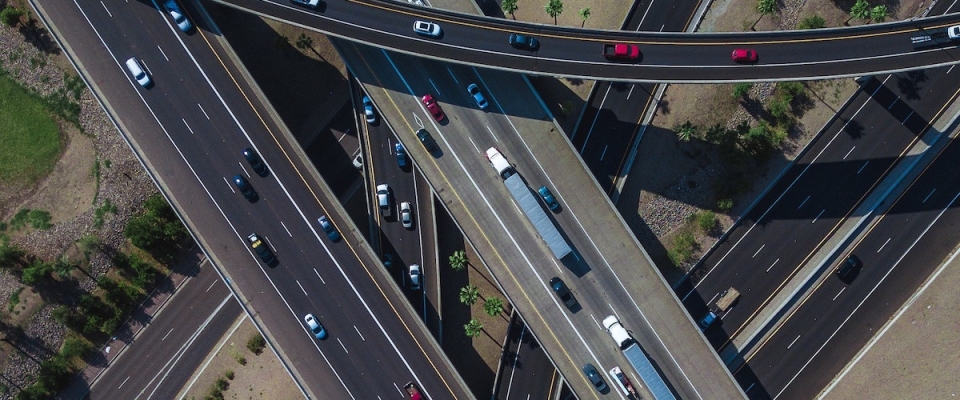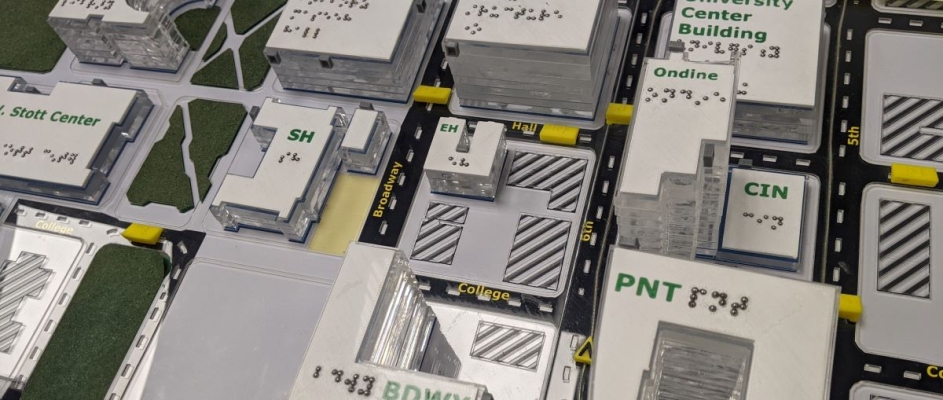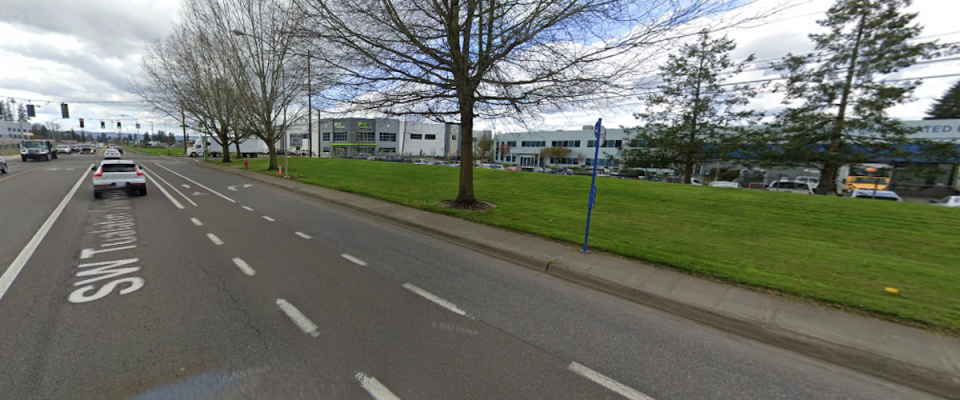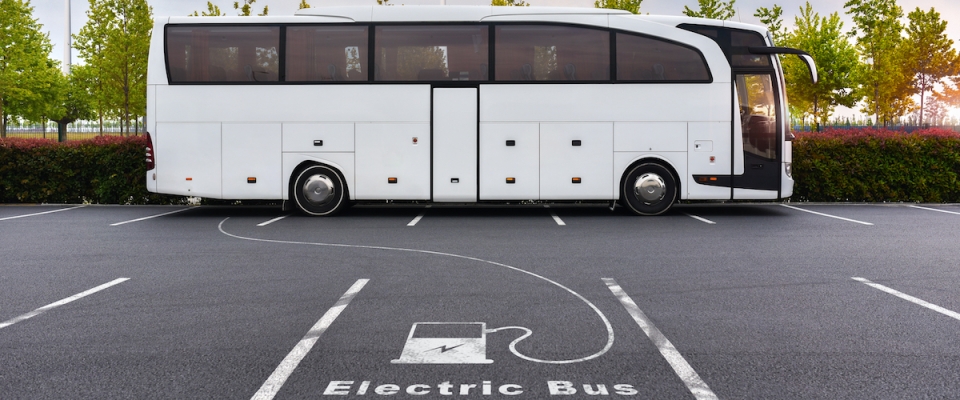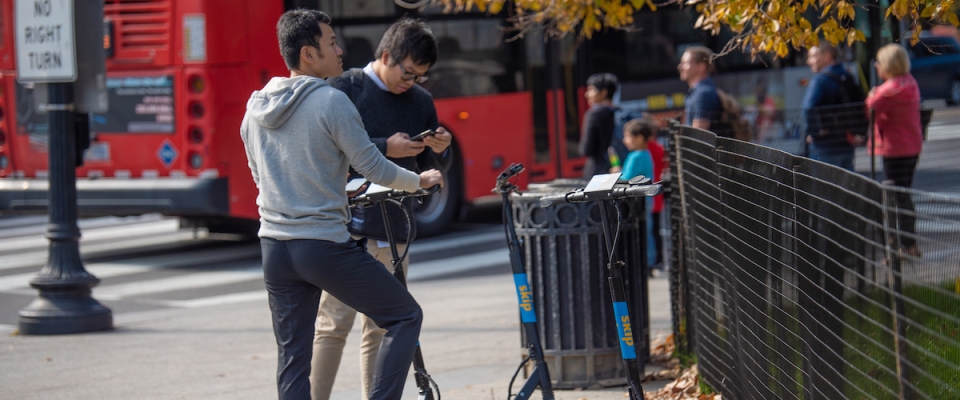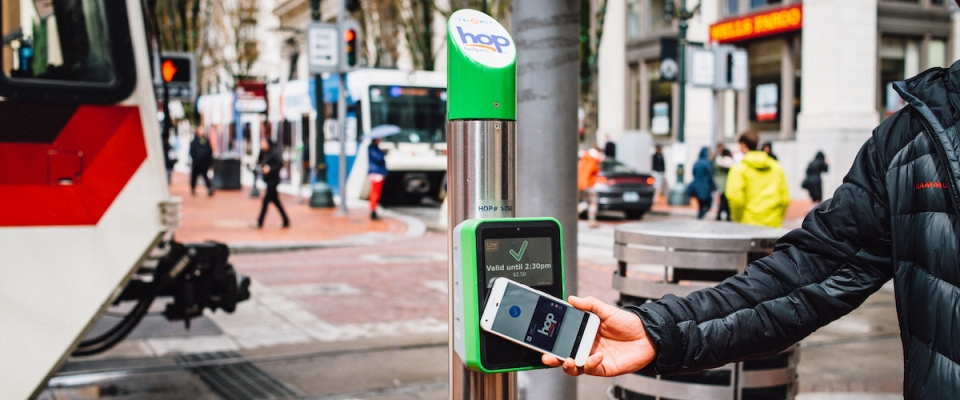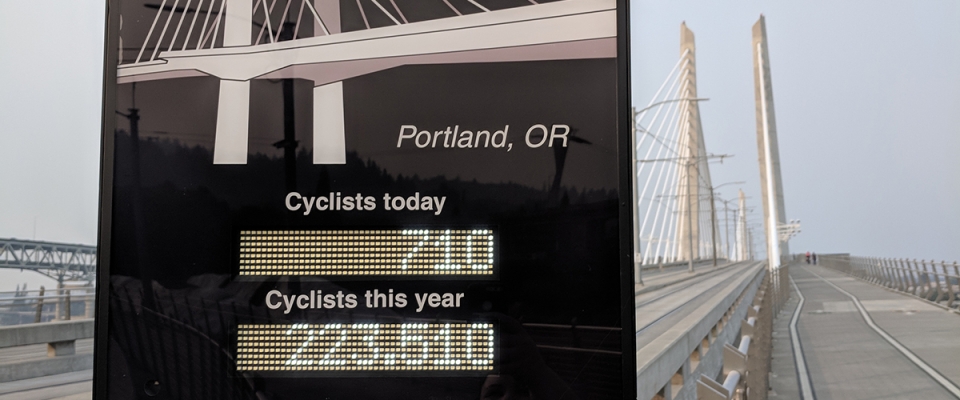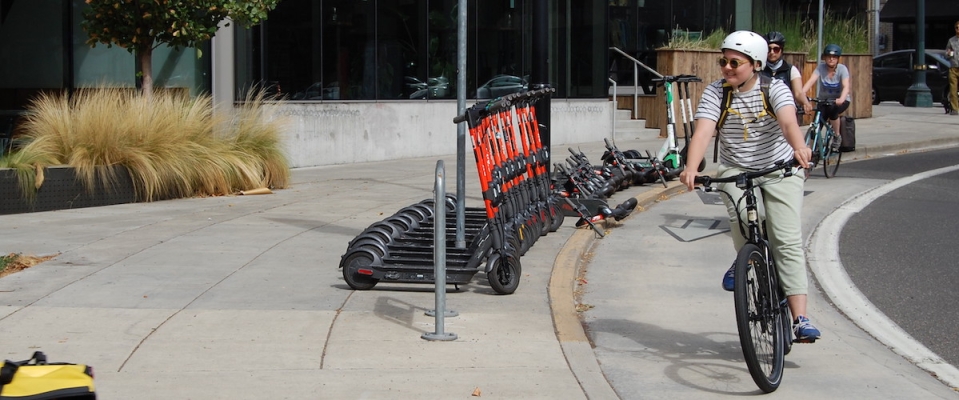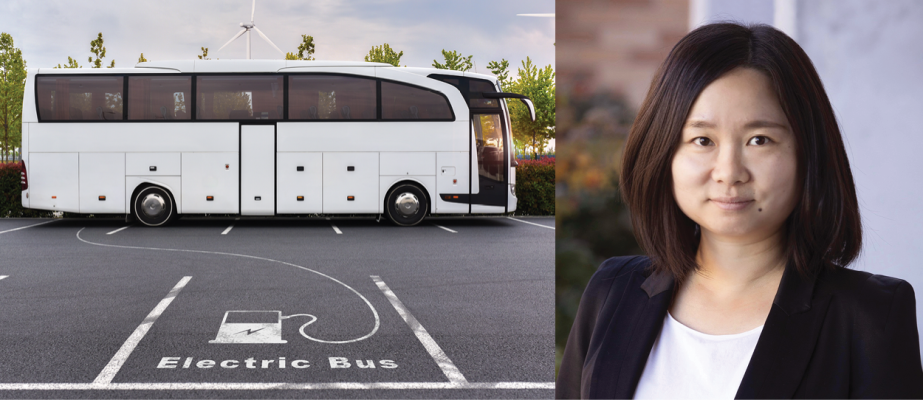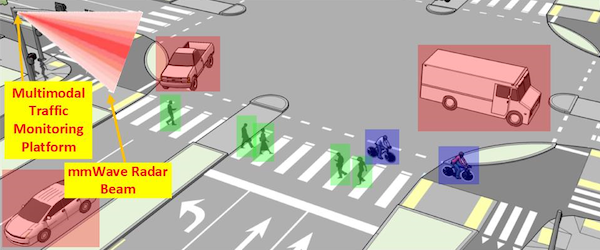The National Institute for Transportation and Communities (NITC) is proud to introduce a new Dissertation Fellow, Adrian Cottam of the University of Arizona. Cottam's doctoral research project, Machine Learning and Big Data-Based Approaches for Quality Freeway Volumes, will focus on improving the quality of freeway volumes and expanding their spatial availability.
Read more"I was drawn to Transportation Engineering because it is a field where you can make major impacts to better your community. I found that by merging my passion for Computer Science with Transportation Engineering, I could use data to obtain more information on how local transportation could be improved through Intelligent Transportation Systems (ITS) and performance measurement. Throughout this process, I found that it was frequently a challenge obtaining high-quality data, or having access to data where you need it. This drove me to focus my dissertation on using machine learning techniques to improve data quality, and estimate traffic parameters where sensors were unavailable. My research is specifically focused on freeways, and seeks to use available data sources, such as crowdsourced data, to estimate data that isn’t always available. I am a firm believer in applied research, and hope to better my community through my research efforts. As such, I seek to develop methods that can be applied in a practical way, so...

